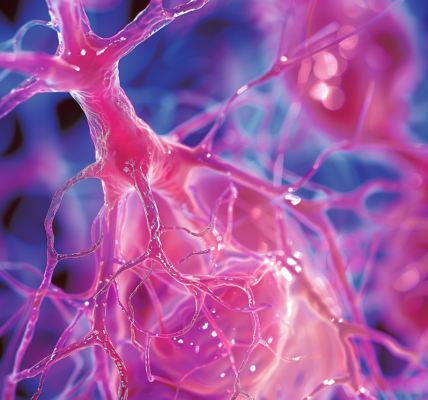Menstruation can often come with a degree of discomfort as the uterus prepares to shed. For some, the effects can be horrendous. It’s estimated that some 5 to 8 percent of women experience moderate to severe symptoms that have a noticeably negative impact on their lives, mental health, and ability to function normally. These premenstrual disorders, or PMDs, affect millions of women globally, yet we know shockingly little about their long-term consequences.
Now, a new nationwide observational study in Sweden has shown that women with PMDs have an increased risk of suicide. In fact, they’re more than twice as likely to die by suicide as women without PMDs. It’s a sobering figure, one that strongly suggests more work needs to be done to understand PMDs, and help the people who suffer from them.
The findings of this matched cohort study suggest that women with PMDs are not at increased risk of early death overall. However, the risk was elevated among young women and for death by suicide. This supports the importance of careful follow-up for young patients and highlights the need to develop suicide prevention strategies for all women with PMDs.
On average, people who menstruate will have around 480 periods in their lifetimes, on a cycle that typically lasts between 23 to 38 days. The premenstrual period goes for approximately one week before menstruation begins, accounting for around a quarter of the entire cycle. That equates to a lot of time experiencing premenstrual symptoms, especially for those with disorders. The most severe of these, premenstrual dysphoric disorder, includes severe depression, anxiety, anger, and mood swings.
Previous studies found that women who s





